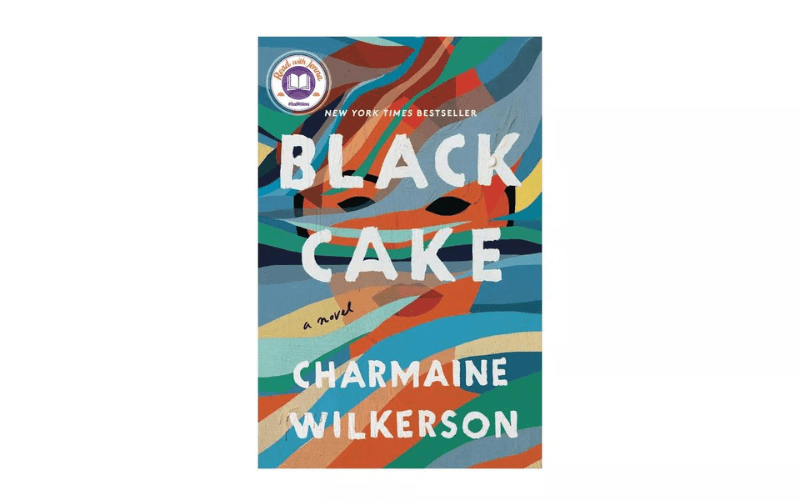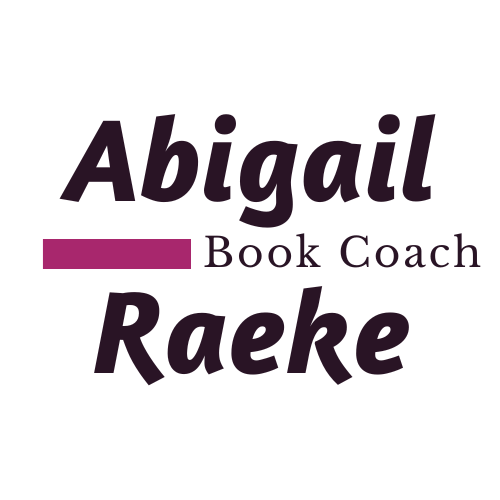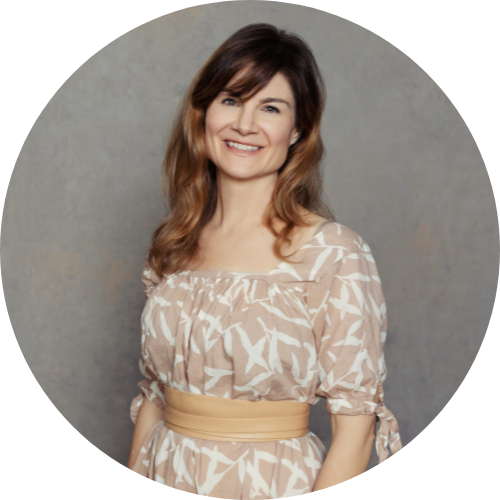
Q: What is narrative technique?
A: Different writing techniques that combine to create a narrative.
Some of the most common narrative techniques in novels and memoirs are:
- Scene
- Narrative Exposition (Narration)
- Summary
- Reflection
Scene
A scene is a singular (one-time) event that slows story time.
A scene unfolds action by reaction to give the reader a sense that the event is happening now.
Scene is real time in your story world.
Narrative Exposition
Narration speeds up story time. It can cover several events in a paragraph,
moving the reader more quickly to the next scene event.
Summary
Summary, well, summarizes past events, and is a great way to provide context for scenes.
Reflection
Reflection stops story time, and should therefore be used sparingly.
Reflection can be helpful in memoir, where authors don’t have the ability to craft external events for meaning.
Reflection allows an author to give context and meaning to an event after the fact.
Novelists might use this technique if they don’t want to slow down a scene with too much internal processing/interiority.
Reflection often takes place in a car/subway/train/plan, giving the reader a sense of movement and progression.
Time in narrative
You’ll notice that each narrative technique is defined by its effect on time in your story.
Narrative technique allows you to manipulate time in your story world.
A novel or memoir’s handling of time is the mark of a skillful author.
It allows control over elements such as conflict, tension, suspense, page-turnability, tempo and pacing.
The concept of Narrative Technique challenges a common myth that novels and memoirs are mostly written “in scene.”
Scene is the most important technique for novels and memoirs – scene sets fiction and narrative memoir apart from non-fiction writing genres.
Certain fiction genres (i.e. romance and thriller) rely heavily on scene technique. But even romances and thrillers often use a combination of narration, summary and scene.
The combination of techniques is what make them tricky to spot in your favorite novels and memoirs.
A scene fragment might be used in summary or narration.
But in the real time of scene, the use of narration and summary can “pull a reader out” of the story, if not done purposefully.
Manuscripts written without purposeful use of narrative technique can be represented like this:

This is perfectly fine – even preferable – for a first draft.
Don’t worry about narrative technique in your first draft.
By the time you’re publishing or pitching, your book will be better represented by this:

Examples of Narrative Techniques
Charmaine Wilkerson’s novel Black Cake* provides a masterful combination of narrative technique.
 | Black Cake is a multi-generational, multi-timeline, multi-POV story. Wilkerson has to employ a unique blend of narration, summary and scene in order to pull off a novel like this. |
*This affiliate link gives me a small percentage of sales and supports independent book stores, at no extra cost to you.
Here’s an example of summary on page 36 in the Ballantine Books 2022 paperback edition:
There was a time, when Covey was little, when Mummy used to dance with Pa out in the backyard. It was always on a night when the power had gone out and they had lined up candles in glass jars along the edge of the patio and taken the transistor radio outside. Mummy would step in close and run her hands up and down Pa’s back.
Just like a good scene, this summary provides specific, visceral details. But by our definition of scene, this is not a singular event that unfolds “in real time.”
Note summary words such as used to/would and always.
Example of narration on the same page.
Covey felt the kiss in her sleep. Then another. Then a hand along her hairline. A hint of rose perfume and her mother’s salty-forehead scent. Then it was daylight, Sunday morning. Her mother must have let her sleep late. She waited. No Mummy. She got up and went to the kitchen. No Mummy.Twelve hours later, no Mummy.
It goes on, speeding the reader through time as the slow-dawning occurs for the child. Like a great scene, narration uses specific, visceral and sensory details.
In conclusion:
Narrative technique is right in the center (#3) of the 5-phases pyramid because it determines how you deliver your story material (#1), honed in story fundamentals (#2).
Craft elements (#4) and sentence-level craft (#5) must be rooted in narrative technique.
Once aware of narrative techniques, you’ll begin to note how your favorite authors use them, and can leverage them for your book!




0 Comments